Money & Tools
The Golden Hedge: Why Trump’s 55% Tariff May Be a Bull Signal for Gold
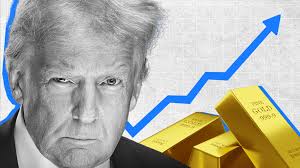
In what appears to be a déjà vu of the last trade war, President Donald Trump has unveiled a fresh wave of tariffs—this time bringing the total tariff burden on Chinese imports to a staggering 55%. But while Washington celebrates a “finalized” deal and Trump calls it a victory for American interests, the global market isn’t buying the calm.
Gold is—quietly but surely—on the move again.
Markets Hear the Message Behind the Deal
The official line is straightforward: China and the U.S. have agreed to trade concessions. Beijing will resume the export of rare earth minerals, and Chinese students will once again be welcomed in U.S. universities. But the subtext is more telling. A 55% tariff is not a symbol of trust—it is a signal of continued confrontation.
This sudden hike, especially after a temporary rollback to 30% under a 90-day ceasefire last month, reintroduces volatility into a market that thrives on predictability. And volatility, in case you haven’t noticed, breathes life into gold.
When Diplomacy Fails, Commodities Speak
The U.S. dollar’s long reign as a stable store of value is, once again, in question. As trade battles mount and global alliances shift, central banks and investors alike are turning to tangible assets.
Gold—unlike paper currency—is immune to tariffs, interest rate whims, or executive orders. It doesn’t yield interest, but it yields confidence. And confidence, in 2025, is in short supply.
Gold futures responded to the tariff news almost immediately, pushing prices past $3,338 per ounce—an uptick from the previous day’s close at $3,326.90. Analysts are already predicting a continued run toward $3,400 and beyond, especially if China retaliates in kind, which historically, it always does.
The China Card Is Still in Play
As of this writing, Beijing has yet to fully respond. Official statements call for “mutual restraint” and emphasize the importance of dialogue—but these are the same words echoed during past escalations.
Should China answer with tariff hikes of its own, or worse—non-tariff measures such as export controls or sanctions—markets could spin further into uncertainty. In such a scenario, gold could surge past the $3,500 mark, buoyed by the twin engines of investor fear and institutional buying.
Inflation is a Quiet Companion
Another often-overlooked side effect of tariffs is inflation. As the cost of imported goods rises, local consumers bear the brunt. Inflation, already persistent across multiple economies, may spike further—especially in sectors like electronics, pharmaceuticals, and industrial machinery.
And what do investors do in times of inflation? They buy gold.
The inflation narrative complements the fear narrative perfectly—painting a bullish picture for the yellow metal well into 2026. David Einhorn and several macro hedge fund veterans have publicly reaffirmed their gold positions, citing fiscal irresponsibility and rising deficits as major long-term drivers.
Final Word: Gold Is Not Just a Safe Haven, It’s a Signal
Gold doesn’t just protect wealth—it mirrors the world’s economic mood. A rising gold price doesn’t just mean demand for a metal—it means demand for clarity, safety, and permanence in a world that offers less of each by the day.
With 55% tariffs and rising diplomatic tensions, the Trump-Xi détente may look good on paper, but the market’s real verdict is written in ounces, not signatures.
And right now, that verdict is: buy gold.
Money & Tools
Bahama Breeze’s Future in Doubt as Darden Restaurants Considers Sale or Shutdown

June 21, 2025 — The future of Bahama Breeze, the Caribbean-themed restaurant chain owned by Darden Restaurants Inc., hangs in the balance as the company announces plans to either sell the brand or shut down its remaining locations.
Following the closure of 15 underperforming Bahama Breeze outlets earlier this year, Darden revealed that the chain no longer aligns with its strategic priorities. Speaking during the company’s recent earnings call, CEO Rick Cardenas stated, “Bahama Breeze is not a strategic priority for us moving forward. We are exploring options to divest the brand or repurpose its locations.”
Bahama Breeze, known for its tropical island décor and Caribbean-inspired menu items such as jerk chicken and tropical cocktails, currently operates approximately 14 restaurants across several states, including Florida, Illinois, and New York. Despite its loyal customer base, the brand has struggled to scale within Darden’s portfolio, which increasingly focuses on larger, more profitable chains like Olive Garden and LongHorn Steakhouse.
Industry analysts note that Darden’s move reflects a broader trend of restaurant conglomerates streamlining their operations to concentrate on core brands with stronger growth potential. The company has previously divested other concepts, such as Red Lobster, to sharpen its focus.
Should a buyer not be found, Darden is expected to convert Bahama Breeze locations into other brands within its stable, further signaling the end of the Caribbean-themed chain under Darden’s ownership.
For fans of Bahama Breeze, the announcement marks an uncertain future for the once-popular dining destination known for its island vibes and flavorful cuisine.
Summary:
-
Darden Restaurants plans to sell or shut down Bahama Breeze.
-
15 locations closed earlier this year; about 14 remain.
-
CEO Rick Cardenas says the brand is no longer a strategic focus.
-
Bahama Breeze is known for Caribbean-inspired food and atmosphere.
-
Potential conversion of locations to other Darden brands if no sale occurs.
The coming months will be critical in determining whether Bahama Breeze will continue to serve its tropical flavors or become a casualty of corporate restructuring.
Global
Trump Finalizes China Trade Deal, Tariffs Soar to 55%
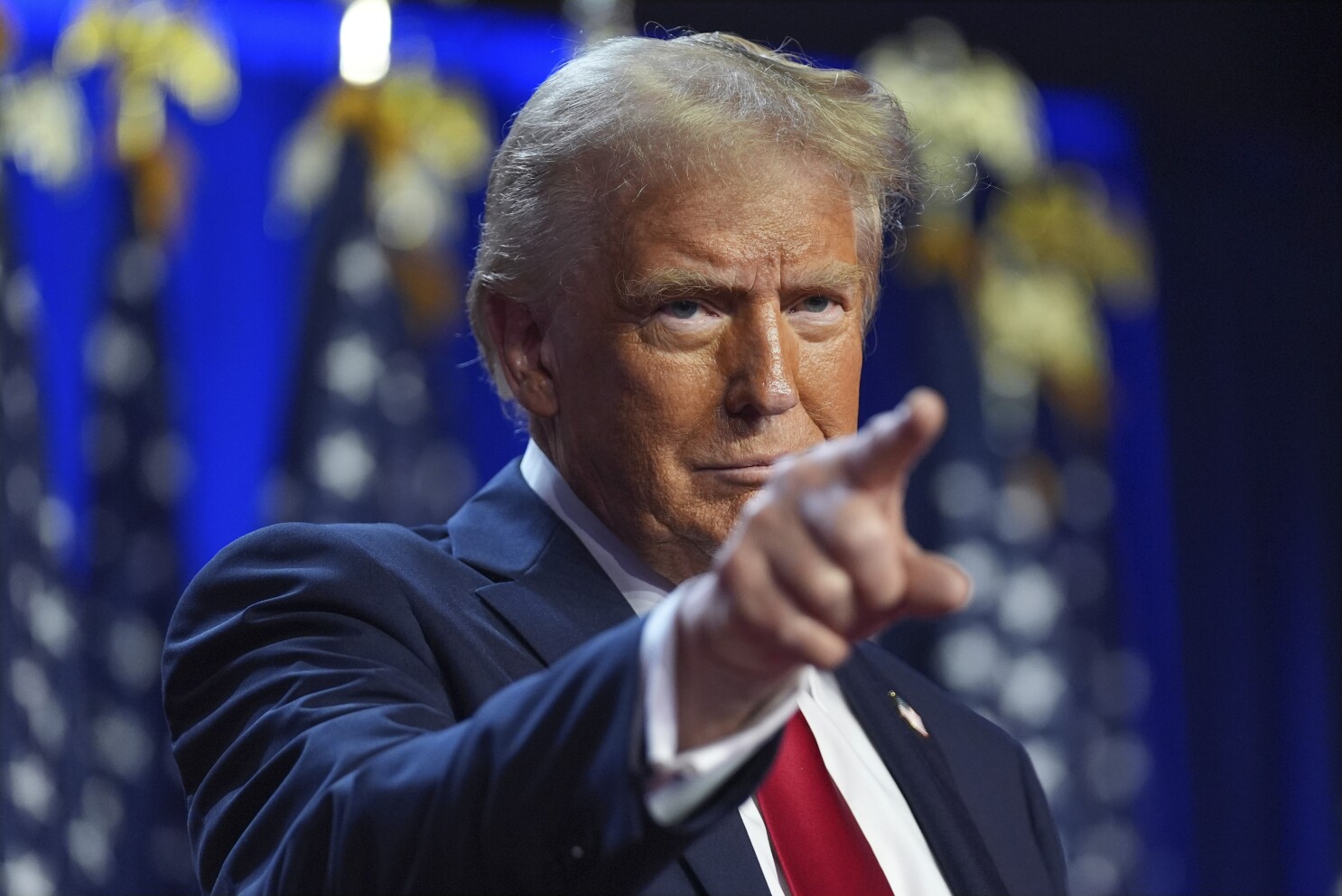
WASHINGTON D.C. — In a decisive and controversial move, President Donald Trump announced Wednesday that the United States has finalized a long-anticipated trade agreement with China, one that dramatically raises tariffs on Chinese imports to 55%. The announcement, made during an afternoon press conference at the White House, marked a significant escalation in the administration’s confrontational economic stance toward Beijing and ignited immediate reactions from global markets, economists, and diplomatic observers.
Standing behind the presidential seal, Trump declared that the U.S. had secured a commitment from China to supply magnets and rare earth minerals—critical resources for American industries ranging from defense to electric vehicles. In exchange, the U.S. has agreed to restore access for Chinese students to attend American colleges and universities, a concession framed by the administration as “part of what was agreed to.” Trump characterized the deal as a necessary correction to decades of “bad trade policy,” adding that “China will now play fair.”
This announcement follows months of tariff escalations and trade friction. Trump’s earlier measures included new tariffs on imports from Canada and Mexico, actions he justified as part of his administration’s efforts to curtail illegal immigration and combat the fentanyl epidemic. The China deal echoes those motives, with the president specifically linking the increased tariffs to a broader crackdown on Chinese-origin synthetic opioids, particularly fentanyl. “We will not tolerate countries that look the other way while poison floods into our communities,” he said, tying economic policy directly to the nation’s ongoing opioid crisis.
Markets responded swiftly. The Dow Jones Industrial Average dropped 347 points following the announcement before partially recovering later in the day. Technology stocks saw sharp fluctuations amid concerns about continued disruption in global supply chains, particularly in sectors reliant on Chinese manufacturing. Conversely, shares in defense contractors and domestic mining firms climbed on expectations of increased demand for U.S.-based rare earth processing.
While Beijing has yet to issue a full official response, early reports from Chinese state media describe the deal as a “strategic compromise.” A brief statement from China’s Ministry of Commerce noted that the agreement was necessary to “preserve bilateral stability,” but hinted at possible retaliation should “unilateral pressure” continue. Analysts noted that the rare earths concession—long seen as a Chinese leverage point—was a surprising inclusion and may reflect economic pressures inside China’s own manufacturing base.
The political calculus behind the agreement is equally complex. With the 2026 election season already warming up, Trump’s move appears designed to reinforce his brand of “economic nationalism.” By tying trade to border security and the drug crisis, the administration is weaving a broader narrative that resonates with his core supporters. Critics, however, warn that such high tariffs may boomerang back on American consumers, driving up costs for everyday goods and further straining the post-pandemic economy.
Whether the deal will ultimately strengthen American industries or isolate them from essential trade partners remains to be seen. What is certain is that the Trump administration’s trade strategy continues to reject conventional diplomacy in favor of aggressive, transaction-based outcomes. As Trump concluded his press event, he framed the moment as a turning point: “This isn’t just a trade deal—it’s the end of an era of being taken advantage of.”
Money & Tools
LVMH: A Golden Opportunity Amidst Market Corrections
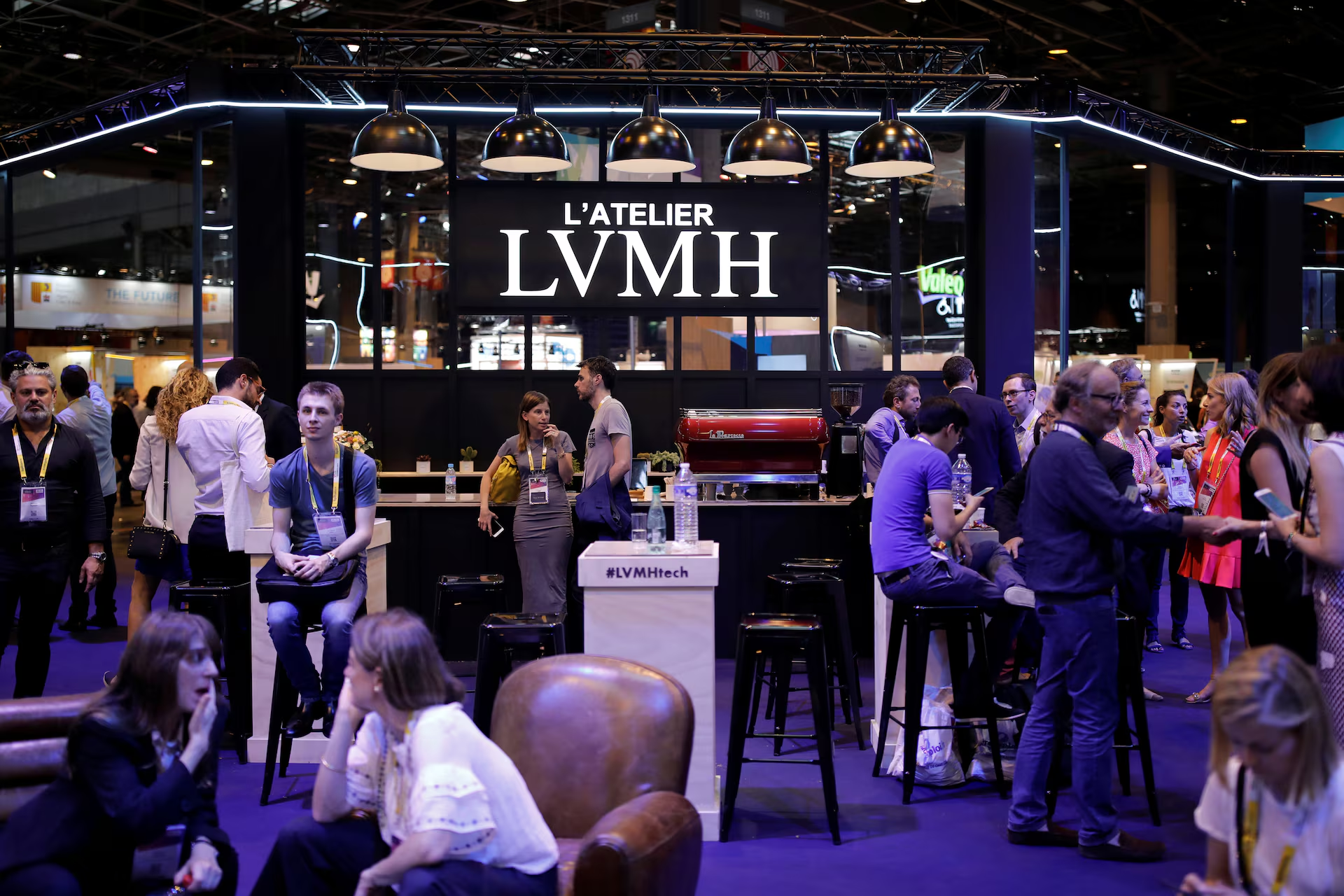
LVMH Moët Hennessy – Louis Vuitton has experienced a sharp 44% drop in share price from its all-time highs two years ago. After a period of extraordinary post-pandemic growth, many analysts are calling the decline a normalization rather than a structural downfall. While the luxury giant faced rough financials in the recent quarters, some believe this dip in LVMH’s stock price presents a unique opportunity for long-term investors.
Normalization After Pandemic Peaks
The remarkable stock surge of 46% annualized returns from March 2020 to April 2023 now appears unsustainable. The post-pandemic luxury boom, where LVMH thrived, saw the stock price spike, but it was not to last. As LVMH now faces a 44% drop, the company’s fundamentals are showing signs of stabilization, bringing the share price closer to a more sustainable level.
Despite the revenue downgrades and margin declines, the valuation of LVMH has become more attractive. Analysts suggest the market has overestimated the impact of temporary factors and that the stock is now undervalued relative to its historical P/E ratio, sitting at 19, below its 20-year average of 22.
Bumpy Financials But Room for Growth
LVMH’s Q1 2025 performance has been bumpy, with a notable double-digit decline in its Asia market, the company’s largest by revenue. However, Europe’s 2% growth offered some relief. The company’s most profitable segment, Fashion & Leather Goods, saw a 5% drop in sales during the first quarter, while Wines & Spirits were the most affected, though it only represents 6% of total sales.
Despite the challenges, LVMH’s operating margin remains well above pre-pandemic levels at 23%, signaling the company’s ongoing operational strength.
Valuation: Is It Time to Buy?
The current price-to-earnings ratio of 19 places LVMH at a discount compared to its luxury peers like Hermès, which trades at three times the valuation of LVMH. This lower valuation, combined with the company’s still-strong profitability, suggests that LVMH is undervalued relative to its competitors and historical performance.
In addition to its favorable earnings yield and cash flow yield, which imply steady growth expectations, analysts are revising their revenue growth and margin assumptions downward, presenting an opportunity for a positive surprise if expectations are met.
Global Factors: A Shift Toward European Luxury
The US-China trade tensions and global product boycotts may also shift spending toward European brands like LVMH, particularly as consumers move away from American products. This trend could potentially free up more disposable income for European luxury goods, further benefiting brands like Louis Vuitton and its parent company.
Conclusion: A Buy Opportunity?
While LVMH faces short-term hurdles, its long-term potential remains strong. The company’s reduced valuation, coupled with its dominant position in the luxury market, makes it an attractive investment for those looking to take advantage of short-term market corrections. If the company’s current financial difficulties normalize, LVMH is poised for modest growth, making it a solid international stock to consider.
-

 Explainers2 months ago
Explainers2 months agoWhat Blunder Led to American Airlines Flight Diverting to Rome?
-

 Trending Now2 months ago
Trending Now2 months agoBillie Elish and her boy friend Nat Wolf Balcony Kiss – pictures go viral
-
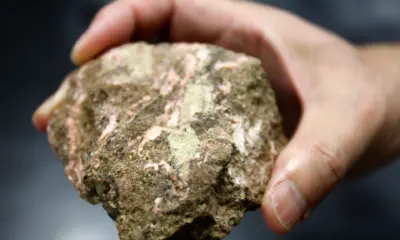
 Explainers2 months ago
Explainers2 months agoWhy the U.S. Needs Rare Earth Metals from China
-

 Global2 months ago
Global2 months agoColombian Presidential Candidate Miguel Uribe Turbay Shot at Rally in Bogotá
-

 Explainers2 months ago
Explainers2 months agoWhat Went Wrong? Major Egg Recall Sparks Nationwide Salmonella Outbreak
-

 Trending Now2 months ago
Trending Now2 months agoReporter Shot by Rubber Bullet on Live TV During Immigration Protests in L.A.
-
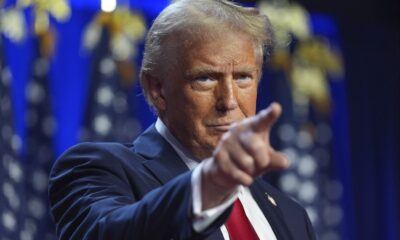
 Global2 months ago
Global2 months agoTrump Finalizes China Trade Deal, Tariffs Soar to 55%
-
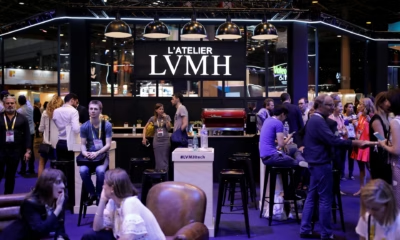
 Money & Tools2 months ago
Money & Tools2 months agoLVMH: A Golden Opportunity Amidst Market Corrections
